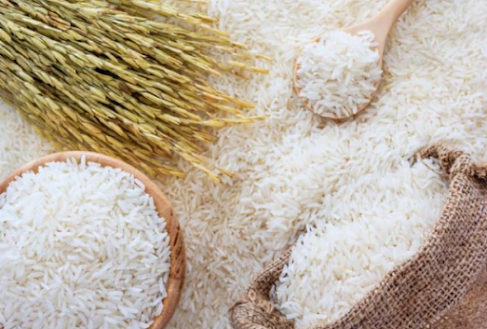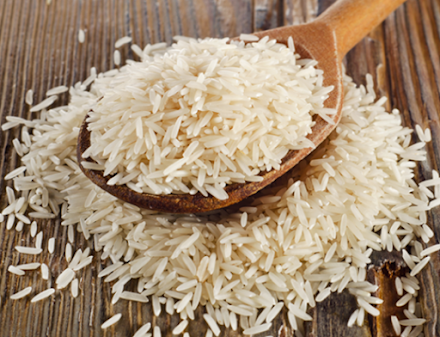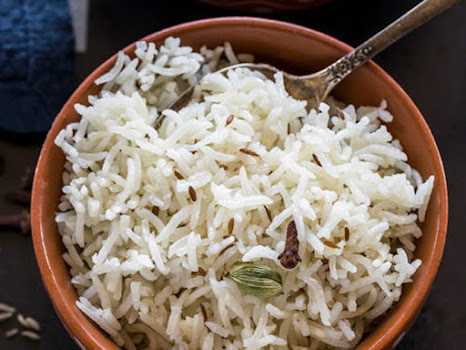The contrast between jasmine and basmati rice
They resemble the other the same, yet they have a few contrasts
Jasmine and basmati are additionally fundamentally the same as in taste. In any case, there are some huge contrasts. Stroll into any supermarket and you will discover many various assortments of rice. There are more than 40,000 distinct assortments everywhere in the world! That is a ton of rice. Buy Basmati Rice Australia at very low prices.
Today we will discuss two of the most delicious sorts of long grain rice: basmati rice and jasmine rice.
These are two mainstream Asian assortments, and numerous individuals regularly befuddle them. This isn't excessively astonishing, because they are fundamentally the same. However, you can rapidly observe the distinction when you realize what to search for.
Sources
Albeit both basmati rice and jasmine rice starting from the Asian mainland, they come from various nations and are well known in their cooking styles.
Jasmine Rice.
Referred to locally as Khao Hom Mali, jasmine rice is local to Thailand and is generally utilized in numerous Southeast Asian plans, including hot curry for vegetables or curry for chicken, and now and then even in sushi! Generally when the rice is called Hom Mali, plainly it will have the most noteworthy immaculateness of jasmine (ordinarily over 92%).
It was first developed for the rulers of Thailand, at that point known as the Kingdom of Siam, so it unquestionably had gained notoriety for being an excellent rice assortment. Different assortments of jasmine rice are additionally filled in neighboring nations, for example, Vietnam, Cambodia, and Laos.
Basmati Rice
Basmati rice, then again, was first developed hundreds of years prior just underneath the incomparable Himalayas in Pakistan. Afterward, this long-developing rice was traded and sent out to the Middle East.
Today, it isn't just utilized in Pakistan cooking, yet besides in many Middle Eastern dishes. Basmati is likewise filled in pieces of the United States, however, imported assortments will, in general, be of better quality.
The most effective method to differentiate between jasmine and basmati rice.
Appearance
The two assortments have a long-grain, so from the outset, the two look fundamentally the same as when uncooked. Be that as it may, the grains of jasmine rice has an adjusted tip and will in general be more clear.
Basmati rice, then again, has longer, more slender grains with more pointed finishes.
Both jasmine rice and basmati rice come in two tones: white and earthy colored. The white assortments of rice are sparkling and don't contain grain. The earthy colored assortment isn't sparkly and contains fewer sugars. Earthy colored rice has a more experienced, gritty flavor.
Surface
It is less hard to recognize jasmine and basmati when it is cooked. Basmati grains last any longer, nearly multiplying in size after cooking, and are hard, dry, and simpler to isolate.
Jasmine rice has more dampness and the grains remain together and lose their structure in the wake of cooking, much the same as sushi rice. Basmati rice will be delicate and jasmine rice will be marginally more clammy, while basmati rice will be drier.
So why the distinction on the surface? It has a great deal to do with their sub-atomic structure. Basmati rice is high in amylose, a type of starch that frames the thick rice grains. That is the reason basmati rice holds its structure and stays expressive when cooked. Jasmine rice, then again, contains amylopectin, an exceptionally stretched atom. Because of the presence of more amylopectin in starch than amylose, jasmine rice grains effectively lose their structure and stay together.
Taste
You will likewise see a particular contrast in the kind of jasmine and basmati rice. As the name suggests, jasmine rice has a fragrant, botanical smell with slight pleasantness. In an examination, basmati, which is a real sense signifies "full flavor," has a nutty fragrance.
The most effective method to cook jasmine and basmati rice.
We generally suggest cooking the two grains in a decent electric rice oven. All things considered, that is the thing that most nations in Asia do nowadays. It makes things simple and removes the reasoning and exertion from various strategies that can be convoluted and confounding.
To cook jasmine rice, you need to wash it frequently to ensure it doesn't contain any additional residue or starch. From that point onward, make certain to deplete all the water. With the ideal proportion of rice to water, you can get ready tasty and completely cooked jasmine rice. For some rice, add 1 ½ cups of water to get an entirely tacky consistency. Cook for around 20 minutes or until the water is assimilated.
For basmati rice, the cycle is somewhat extraordinary. Rather than washing it, the rice is absorbed water for in any event 45 minutes to 1 hour before cooking. This permits the grain to assimilate a portion of the dampness and it cooks equitably. At that point, it is cooked, and 3 cups of water are utilized for every 2 cups of basmati rice.
Which is better? Jasmine VS Basmati
You can pick jasmine or basmati rice contingent upon the dietary benefit. Jasmine and basmati rice are fundamentally the same as regarding sustenance. The two kinds of rice contain complex sugars and fill in as an extraordinary wellspring of energy. If you are pondering which sort of rice is better, perused .....
Both jasmine and basmati rice, as most assortments of rice, are mind-boggling starches. They are a brilliant wellspring of energy that is anything but difficult to process and sans cholesterol. As far as caloric substance, one cup of jasmine rice has 238 calories and one cup of basmati has 191 calories.
Regarding its glycemic record (or how effectively it is used and processed), basmati rice has a large portion of the glycemic list of jasmine rice. This lower GI likewise monitors insulin and glucose levels, yet may not cause you to feel full for as long.
The earthy colored, unpolished adaptation of these two rice assortments additionally contains fewer sugars and more fiber. It is likewise high in iron. As a rule, unpolished earthy colored rice is a better option in contrast to jasmine or basmati rice.





Comments
Post a Comment